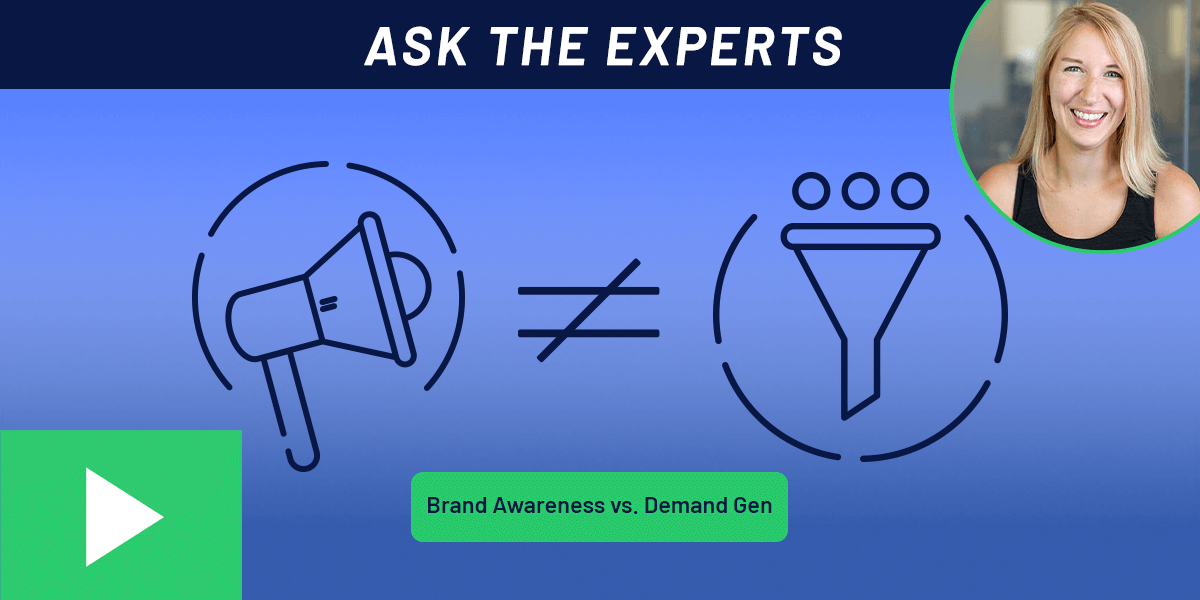I grew up in the infancy of the Internet, so it’s always played an interesting role in my life. On one hand, I was well-versed in AIM, Myspace, Facebook, and just about everything in between as it emerged. On the other, I also grew up idolizing the glossy images in magazines. I anticipated their arrival, read them over-and-over, clipped from them, and shared them with my friends.
It’s no secret that the subscription model for traditional magazines has struggled for several years. The culprit: blogs, free web content, social media, Smartphones, tablets, etc. Just about everything digital has been pegged for stealing the thunder of traditional media. Several of the larger magazines and newspapers have opted for paid gated content, while many others rely on ad sales to keep them afloat. But one of the main problems has been that they’re no longer the only ones in the picture and aren’t getting the kind of attention they’re accustomed to getting from subscribers. Many large magazines have struggled to find a way to exist in the digital space cohesively with existing technologies.
Pinterest, however, may be (part of) the solution to that problem. According to Mashable, several established women’s magazines have seen a large boost to their referral traffic, citing that “Pinterest is the fourth largest source of traffic for Country Living, up 150% from August to the end of January, and accounts for 3% of all referrals.” Additionally, both Elle Decor and House Beautiful have seen triple digit percentage increase over the past six months, Pinterest being within the top 10 referral sites for each of these. The advantage of these magazines is they have no shortage of high quality photography and associated content in a way that most of the Bloggers can’t keep up with. These magazines made their start having the highest quality content in print, and Pinterest could be an interesting niche for them in the online space. Users crave the best images, the coolest ideas, the highest quality content they can get their hands on.
As more people join Pinterest, and the audience expands from its predominantly female audience, the opportunity for an array of magazines to find their home in the digital world. Seeing as Pinterest hasn’t figured out how to make themselves profitable yet, the revenue driving implications for these magazines is yet to be seen. Still, this is a relationship to watch.






